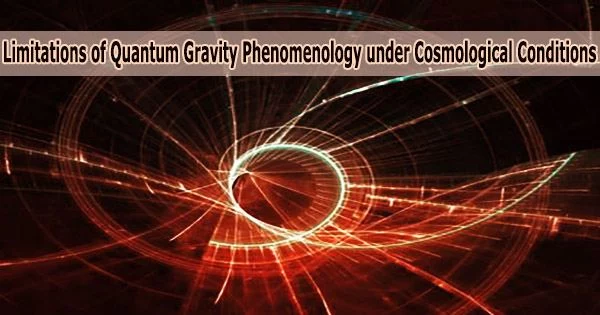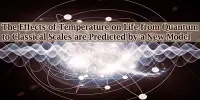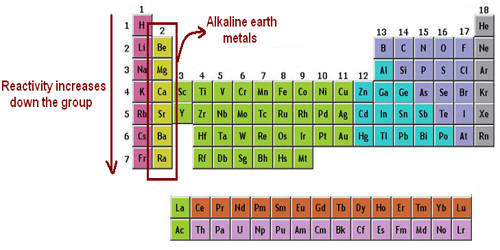Quantum gravity is a field of study that aims to describe the nature of gravity in the framework of quantum mechanics. However, because of the difficulty in reconciling the principles of quantum mechanics and general relativity, there is still much that is unknown about the subject.
Physics has long sought to describe gravity in a way that is consistent with the ideas of quantum mechanics. Heisenberg’s Uncertainty Principle (HUP), which quantifies the inherent constraints in the precision of every quantum measurement, is frequently corrected mathematically in existing models of this ‘quantum gravity.’
These corrections arise when gravitational interactions are considered, leading to a ‘Generalized Uncertainty Principle’ (GUP). There are two common GUP models: the first changes the HUP with a linear correction and the second adds a quadratic adjustment.
Through new research published in EPJ C, Serena Giardino and Vincenzo Salzano at the University of Szczecin in Poland have used well-established cosmological observations to place tighter constraints on the quadratic model, while discrediting the linear model.
The GUP can affect the Stephen Hawking-first described black hole evaporation process, and it may also help us comprehend how gravity and thermodynamics interact.
It’s interesting to note that the GUP also throws a restriction on the smallest length scales that can be investigated. Below the so-called “Planck length,” any energy concentration would experience gravitational collapse and produce a black hole.
Prior to this, the parameters of the linear and quadratic GUP models were extensively evaluated by comparing their predictions with data obtained from quantum experiments.
Instead, Giardino and Salzano in their work contrasted measurements of cosmological phenomena, such as supernovae and cosmic microwave background radiation, with predictions of GUP-influenced models of the cosmos. Since the limitations they put on the GUP parameters were thought to be far less than those possible in quantum experiments, these comparisons were not previously frequently used.
Overall, the field of quantum gravity phenomenology is still in its infancy, and much more research is needed to fully understand the phenomena associated with quantum gravity. However, the analysis of the researchers showed that tighter constraints, akin to those imposed by some quantum experiments, may be put on the quadratic model.
Furthermore, they demonstrated that the linear correction to the HUP could typically not account for the data obtained. In the end, these findings show how promising cosmological measurements are for putting limits on the phenomenology of quantum gravity.
















